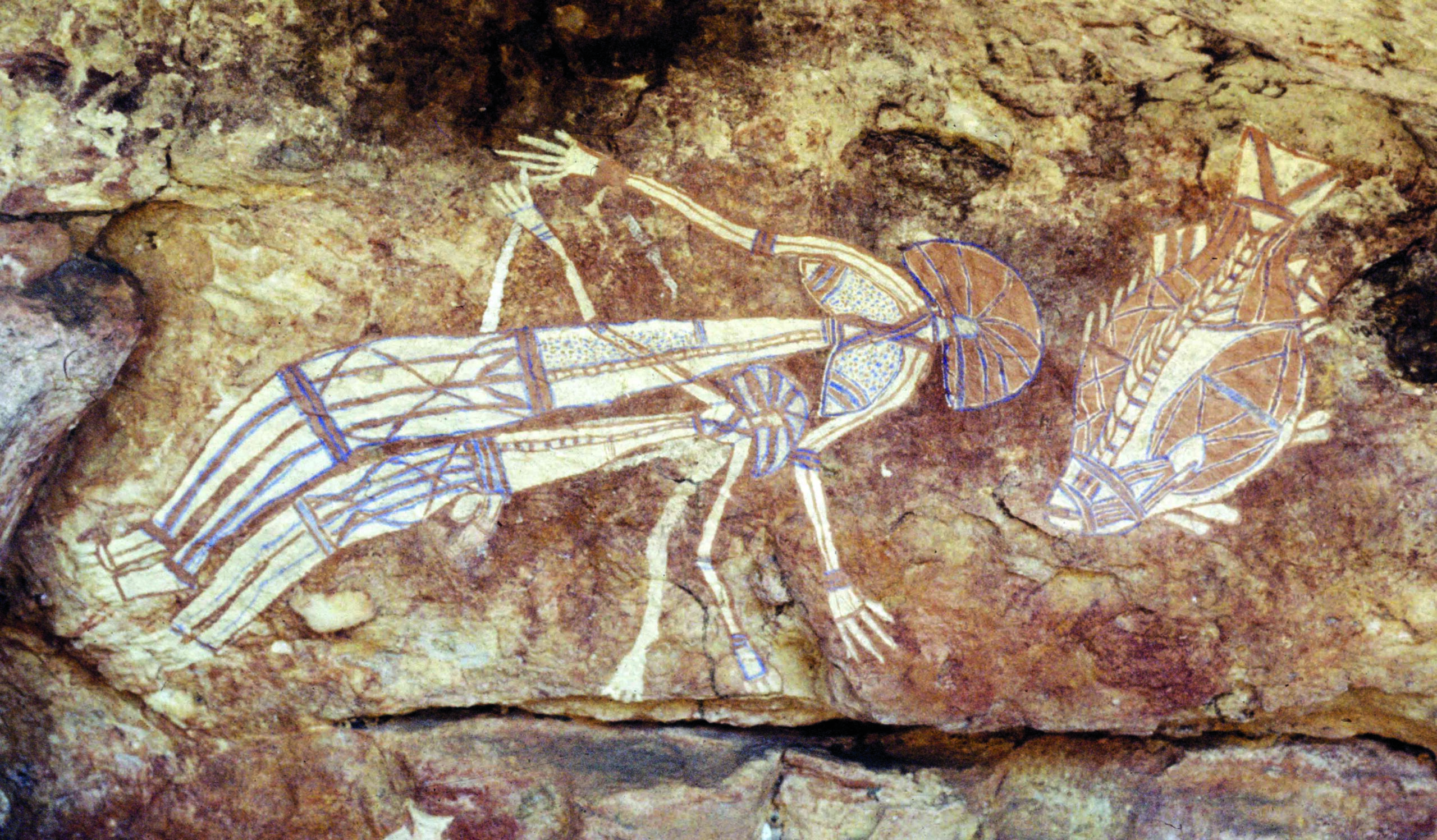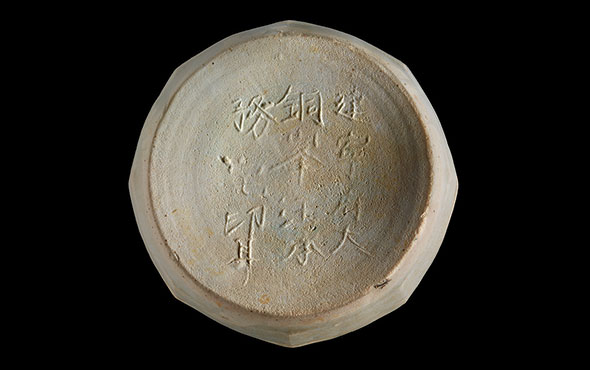QUEENSLAND, AUSTRALIA—According to a report in The Guardian, images of animals discovered in Indonesian Borneo’s Lubang Jeriji Saléh Cave could be at least 40,000 years old, based upon uranium series analysis of calcite on the limestone cave walls. The dates suggest the images are some 4,500 years older than cave art depicting animals found on the nearby island of Sulawesi. The three animals, drawn with reddish-orange ochre, are thought to be Bornean banteng, a type of wild cattle that still lives on the island. Hand stencils were created above and between the images of the animals. To read about the discovery of cave art on Sulawesi, go to “On the Origins of Art.”
Rock Art in Indonesia Dated to 40,000 Years Ago
News November 7, 2018
Recommended Articles
Digs & Discoveries July/August 2024
The Song in the Stone

Off the Grid July/August 2024
Chumash Painted Cave State Historic Park, California

Digs & Discoveries September/October 2023
A Very Close Encounter

Digs & Discoveries September/October 2022
Australia's Blue Period

-
Features September/October 2018
Shipping Stone
A wreck off the Sicilian coast offers a rare look into the world of Byzantine commerce
 (Courtesy Marzamemi Maritime Heritage Project)
(Courtesy Marzamemi Maritime Heritage Project) -
Letter from Brooklyn September/October 2018
New York City's Dirtiest Beach
Long-lost clues to the lives of forgotten New Yorkers are emerging from the sands at Dead Horse Bay
 (Courtesy Jason Urbanus)
(Courtesy Jason Urbanus) -
Artifacts September/October 2018
Base of a Qingbai-Glazed Molded Box
 (© The Field Museum, cat. no. 344404. Photographer Gedi Jakovickas)
(© The Field Museum, cat. no. 344404. Photographer Gedi Jakovickas) -
Digs & Discoveries September/October 2018
Ice Age Necropolis
 (Archives of the Soprintendenza Archeologia Belle Arti e Paesaggio della Liguria - Italian Ministry of Cultural Heritage)
(Archives of the Soprintendenza Archeologia Belle Arti e Paesaggio della Liguria - Italian Ministry of Cultural Heritage)


